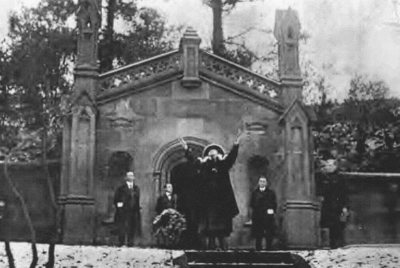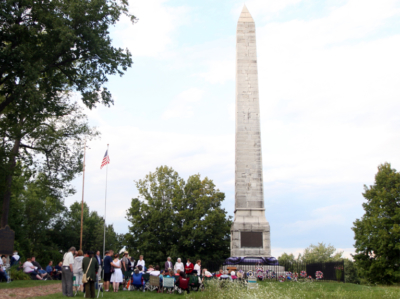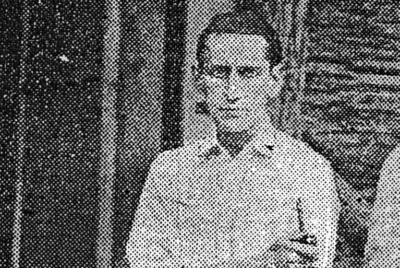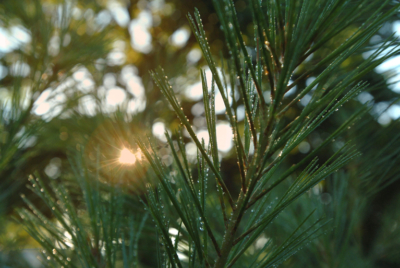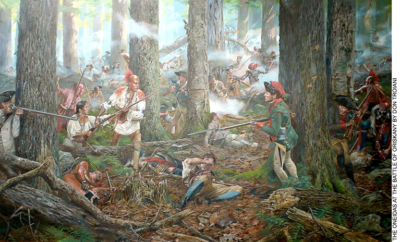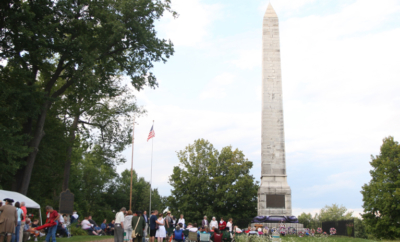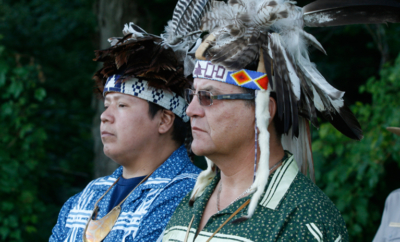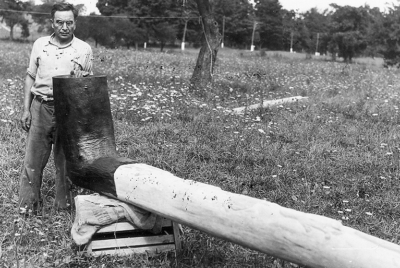HISTORY
Making their mark in American history, the Oneida Indian Nation became the first ally to America when they joined the colonists in their fight for independence during the American Revolutionary War. In 1794, after the victory over the British and many hardships for the Oneidas, George Washington signed the Treaty of Canandaigua recognizing the Oneida Indian Nation as a sovereign entity. The agreement granted federal protection of 300,000 acres.
Oneida Indian Nation homelands originally consisted of more than six million acres stretching from the St. Lawrence River to the Susquehanna River. Oneida villages thrived in and around the present-day communities of Stockbridge, Oneida Castle, Canastota, Oriskany, the city of Oneida and elsewhere in what are now Oneida and Madison counties.
By the early 1900s, illegal state treaties nearly depleted the Oneida Indian Nation of its homeland. The Oneidas did what they had to do to survive. Some moved, some sold their land. The Oneidas had to fight to recover the last 32 acres granted to them. The federal government filed suit in U.S. District Court in 1919 to help the Oneida Indian Nation reclaim this land.
Today, the Oneida Indian Nation has regained more than 18,000 acres of their original homelands – the most they have had recognized sovereignty over since 1824. A slow steady climb and dedicated perseverance has led to a resurgence for the Oneida Indian Nation that today prospers through their many diverse enterprises.
This economic upturn has allowed the Oneida Indian Nation to provide many
programs and services to its Members as well as reinvest in their enterprises and community to become an economic engine in the Central New York region,
as one of the largest employers in the state.
Oneida’s Voice Lives Through Edison Recording
How did it transpire that an Oneida woman, living on a farm in Manlius, who sang an Oneida dirge for a deceased anthropologist in Rochester, ended up recording said lament in New Jersey for [...]
The Oriskany Battle of Oneida Hanyery and Mohawk Joseph Brant
During the Revolutionary War, Oneidas bound themselves "to hold the Covenant Chain with the United States, and with them to be buried in the same, or to enjoy the fruits of victory and peace [...]
Dr. Erl Bates Keystone to Haudenosaunee, Cornell Connection
Dr. Erl Bates began visiting Haudenosaunee farmers in the early 1900s. He brought Cornell University-developed poultry, piglets and seeds, plus established a revolving loan fund to ensure th [...]
Oneida Sets Standards for Forestry
During the Great Depression, Franklin D. Roosevelt’s “New Deal” created the Indian Emergency Conservation Work (IECW) program, which later morphed into the Civilian Conservation Corps–Indian [...]
Testaments from the Battlefield of Oriskany
The Oneida Indian Nation regularly participates at the annual commemoration ceremony marking the anniversary of the Battle of Oriskany that took place on Aug. 6, 1777. Over the years, books [...]
Rockwell Pipe Returned to Oneida Indian Nation
In the summer of 2009 Chief William “Bill” Honyoust Rockwell’s family presented the Oneida Indian Nation with a pipe he carved as a prototype for the 16-foot-long pipe he created for the 193 [...]


